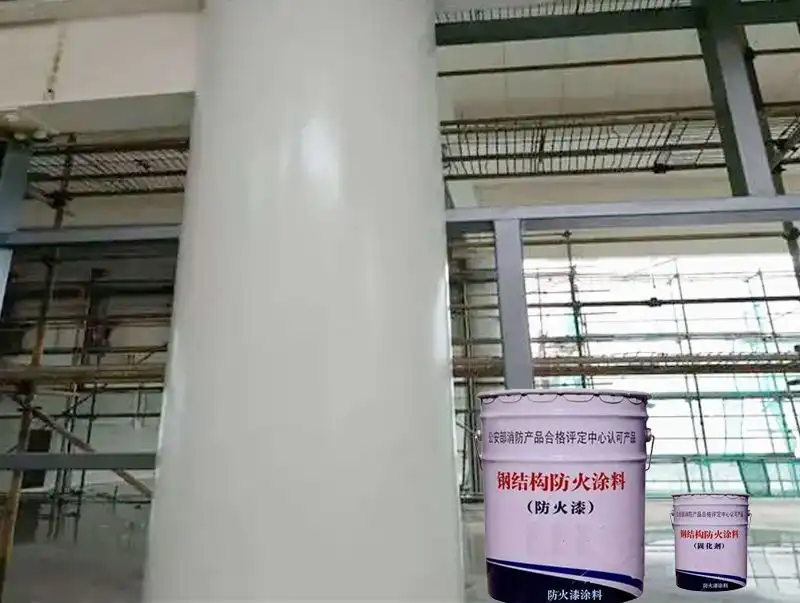In fires, the toxicity of smoke and its ability to obscure vision are often more lethal than the flames themselves. Therefore, smoke suppression is a critical aspect of fire-resistant coating design. Traditional smoke suppressants (such as halogen-containing materials), while effective, are environmentally unfriendly and are gradually being phased out. Magnesium oxide (MgO), as an inorganic metal oxide, not only exhibits flame-retardant properties but also performs excellently in smoke suppression. Its environmental friendliness, reasonable cost, and wide availability have attracted significant attention from the coating industry in recent years.

I. Smoke Suppression Mechanism of Magnesium Oxide
1. Endothermic Decomposition Action
Magnesium oxide itself does not decompose at high temperatures. However, its common precursor used for smoke suppression, magnesium hydroxide (Mg(OH)₂), decomposes between 300-400°C, absorbing a significant amount of heat and delaying the combustion of the material.
Decomposition Reaction:
Mg(OH)₂ → MgO + H₂O↑ (Heat absorption ≈ 1.3 kJ/g)
This process lowers the peak heat release rate during combustion and slows down the decomposition rate of flammable materials, thereby reducing smoke generation.
2. Acid Neutralization / Neutralization of Acidic Gases in Smoke
Combustion often releases acidic gases (such as HCl and SO₂). MgO is a basic oxide and can react with these gases to form salts, thus suppressing the release of toxic and corrosive smoke.
For example:
MgO + 2HCl → MgCl₂ + H₂O
3. Solid-Phase Adsorption Action
Magnesium oxide possesses a large specific surface area and adsorption properties, enabling it to capture and solidify some small molecules or smoke particles generated during combustion. This forms a solid residue, reducing visible smoke density.
4. Carbonaceous Char Formation Action (Indirect)
Some studies suggest that MgO can promote the formation of a carbonaceous char layer. This layer acts as a “protective barrier,” reducing further heat and oxygen penetration, which in turn lowers the release of volatile decomposition products and reduces smoke.
II. Summary of Advantages
- Halogen-free and environmentally friendly, meeting RoHS and other regulations.
- Lower cost than some organic flame retardants/smoke suppressants.
- Combines both smoke suppression and flame-retardant properties.
- Good compatibility with various coating systems.
